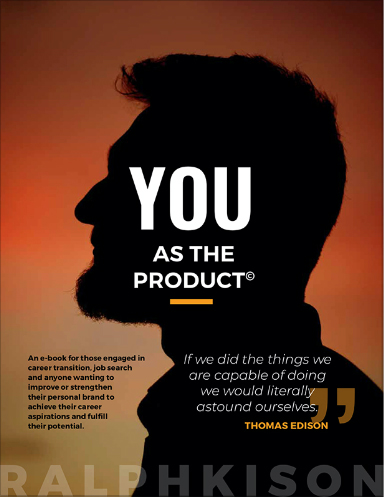
As a leader, your mindset has the power to shape not only your own growth, but also the success of your team and organization. One of the most influential shifts you can make is moving from a fixed mindset to a growth mindset. This shift enables you to view challenges and setbacks not as obstacles, but as opportunities for learning, improvement, and innovation.
Fixed Mindset vs. Growth Mindset
What is a Fixed Mindset? A fixed mindset in leadership is the belief that abilities, intelligence, and skills are set traits. Leaders with a fixed mindset may shy away from challenges, avoid feedback, or become discouraged in the face of failure. This approach can limit potential, both for the leader and the team, as it discourages taking risks or learning from mistakes.
What is a Growth Mindset? Conversely, a growth mindset in leadership revolves around the belief that leadership skills, problem-solving abilities, and even personal resilience can be developed over time. Leaders with a growth mindset embrace challenges, encourage innovation, and thrive on feedback. They view setbacks as valuable opportunities to learn, grow, and adjust their strategies. This helps not only themselves, but their teams to evolve.
Why Does Mindset Matter for Leaders? Leaders set the tone for their teams. When leaders adopt a growth mindset, they model adaptability, resilience, and a commitment to continuous improvement. This mindset shift creates a culture of innovation and learning, where employees feel empowered to take risks and grow from their experiences.
A leader with a growth mindset sees failure as a learning moment rather than a reflection of their abilities. This openness to learning fosters an environment where creativity thrives and employees are more willing to step outside their comfort zones, knowing their efforts will be valued.
4 Ways Leaders Can Cultivate a Growth Mindset
- Encourage challenges: Actively seek out and tackle challenges—both for yourself and your team—as a way to foster growth and development.
- Value feedback: Model a willingness to listen to feedback and objective input, viewing it as a tool for improvement—not criticism.
- Promote effort over perfection: Recognize and reward the effort and work your team puts into problem-solving and innovation—not just the end results.
- Reframe setbacks: Help your team to see failure and setbacks as growth and learning opportunities and share your own lessons from challenges to build trust and inspire growth.
The shift from a fixed to a growth mindset is essential for leaders who want to drive progress and innovation. By embracing a mindset of continuous learning, resilience, and adaptability, leaders can unlock their own potential and inspire their teams to do the same by overcoming fear and self-limiting beliefs. Remember, the growth of your organization starts with your growth as a leader. Watch this short video on the power of overcoming fears.
Lead with a growth mindset to enable yourself and your team to thrive!


Recent Comments